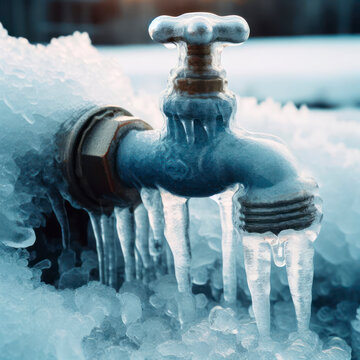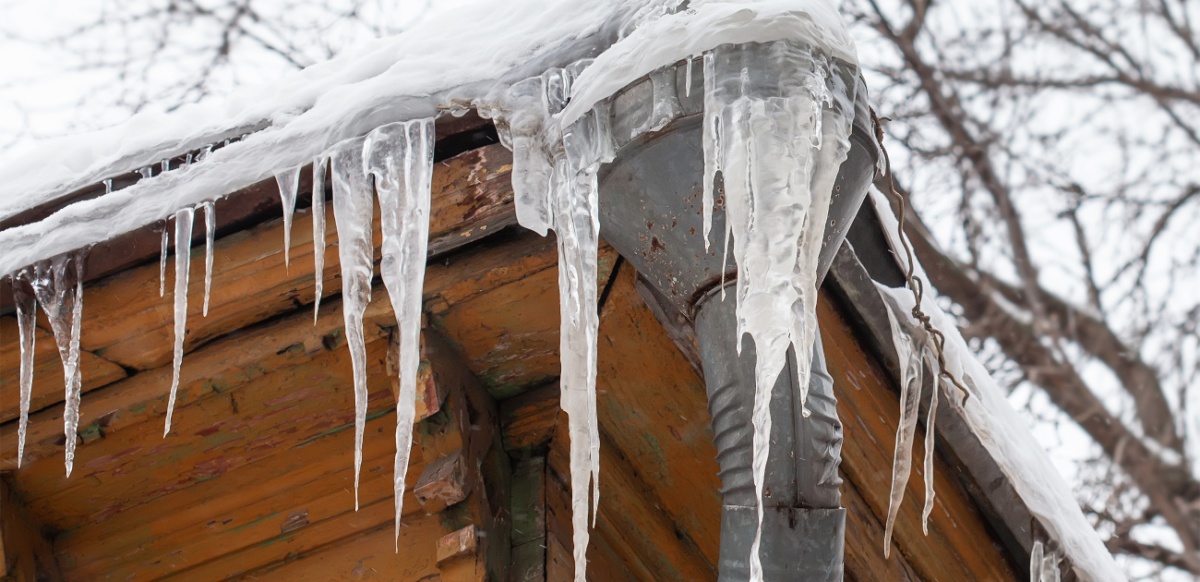Crucial Advice for Preventing Frozen Plumbing in Cold Weather Seasons
Crucial Advice for Preventing Frozen Plumbing in Cold Weather Seasons
Blog Article
Listed here down the page you can discover some sensible points about Prevent Frozen Pipes .

Winter can ruin your pipes, particularly by freezing pipes. Right here's exactly how to avoid it from taking place and what to do if it does.
Intro
As temperature levels decline, the threat of icy pipelines rises, possibly leading to pricey repairs and water damages. Recognizing just how to avoid frozen pipes is crucial for homeowners in cool environments.
Prevention Tips
Insulating at risk pipelines
Wrap pipelines in insulation sleeves or utilize warm tape to protect them from freezing temperatures. Focus on pipes in unheated or exterior areas of the home.
Heating strategies
Maintain interior spaces effectively heated up, specifically locations with pipes. Open up cabinet doors to allow warm air to circulate around pipes under sinks.
How to identify icy pipelines
Search for decreased water flow from taps, unusual odors or sounds from pipes, and noticeable frost on exposed pipelines.
Long-Term Solutions
Structural modifications
Take into consideration rerouting pipelines far from outside wall surfaces or unheated locations. Include extra insulation to attics, basements, and crawl spaces.
Upgrading insulation
Invest in top quality insulation for pipes, attics, and walls. Proper insulation aids keep regular temperature levels and minimizes the danger of frozen pipelines.
Shielding Outside Plumbing
Yard tubes and outside faucets
Separate and drain pipes garden tubes before winter. Mount frost-proof spigots or cover outdoor taps with insulated caps.
Recognizing Frozen Pipelines
What causes pipelines to freeze?
Pipelines freeze when exposed to temperatures listed below 32 ° F (0 ° C) for expanded durations. As water inside the pipelines ices up, it increases, taxing the pipeline wall surfaces and potentially triggering them to burst.
Threats and problems
Icy pipes can lead to water disruptions, residential or commercial property damage, and expensive repair work. Burst pipelines can flood homes and cause considerable architectural damage.
Indications of Frozen Pipes
Determining icy pipes early can stop them from breaking.
What to Do If Your Pipelines Freeze
Immediate activities to take
If you suspect frozen pipes, keep faucets open up to alleviate pressure as the ice melts. Use a hairdryer or towels soaked in warm water to thaw pipelines slowly.
Verdict
Protecting against icy pipes calls for positive measures and fast reactions. By recognizing the causes, indicators, and preventive measures, homeowners can secure their plumbing throughout winter.
5 Ways to Prevent Frozen Pipes
Drain Outdoor Faucets and Disconnect Hoses
First, close the shut-off valve that controls the flow of water in the pipe to your outdoor faucet. Then, head outside to disconnect and drain your hose and open the outdoor faucet to allow the water to completely drain out of the line. Turn off the faucet when done. Finally, head back to the shut-off valve and drain the remaining water inside the pipe into a bucket or container. Additionally, if you have a home irrigation system, you should consider hiring an expert to clear the system of water each year.
Insulate Pipes
One of the best and most cost-effective methods for preventing frozen water pipes is to wrap your pipes with insulation. This is especially important for areas in your home that aren’t exposed to heat, such as an attic. We suggest using foam sleeves, which can typically be found at your local hardware store.
Keep Heat Running at 65
Your pipes are located inside your walls, and the temperature there is much colder than the rest of the house. To prevent your pipes from freezing, The Insurance Information Institute suggests that you keep your home heated to at least 65 degrees, even when traveling. You may want to invest in smart devices that can keep an eye on the temperature in your home while you’re away.
Leave Water Dripping
Moving water — even a small trickle — can prevent ice from forming inside your pipes. When freezing temps are imminent, start a drip of water from all faucets that serve exposed pipes. Leaving a few faucets running will also help relieve pressure inside the pipes and help prevent a rupture if the water inside freezes.
Open Cupboard Doors
Warm your kitchen and bathroom pipes by opening cupboards and vanities. You should also leave your interior doors ajar to help warm air circulate evenly throughout your home.

Hopefully you liked our piece about Helpful Tips to Prevent Frozen Pipes this Winter. Thanks so much for taking time to read our content. Are you aware of anybody else who is excited by How To Avoid Freezing Pipes? Feel free to share it. Thank you so much for your time invested reading it.
Browse Website Report this page